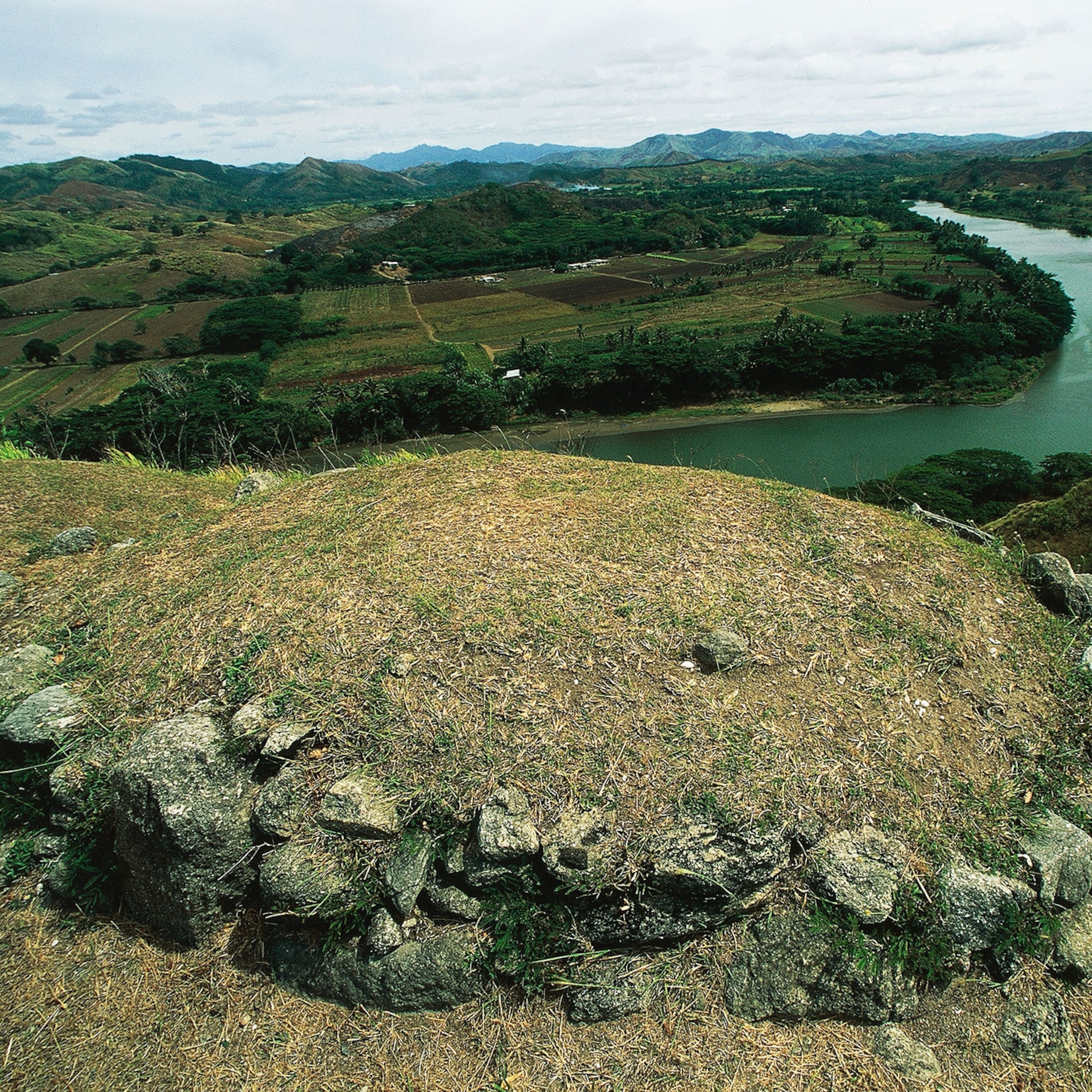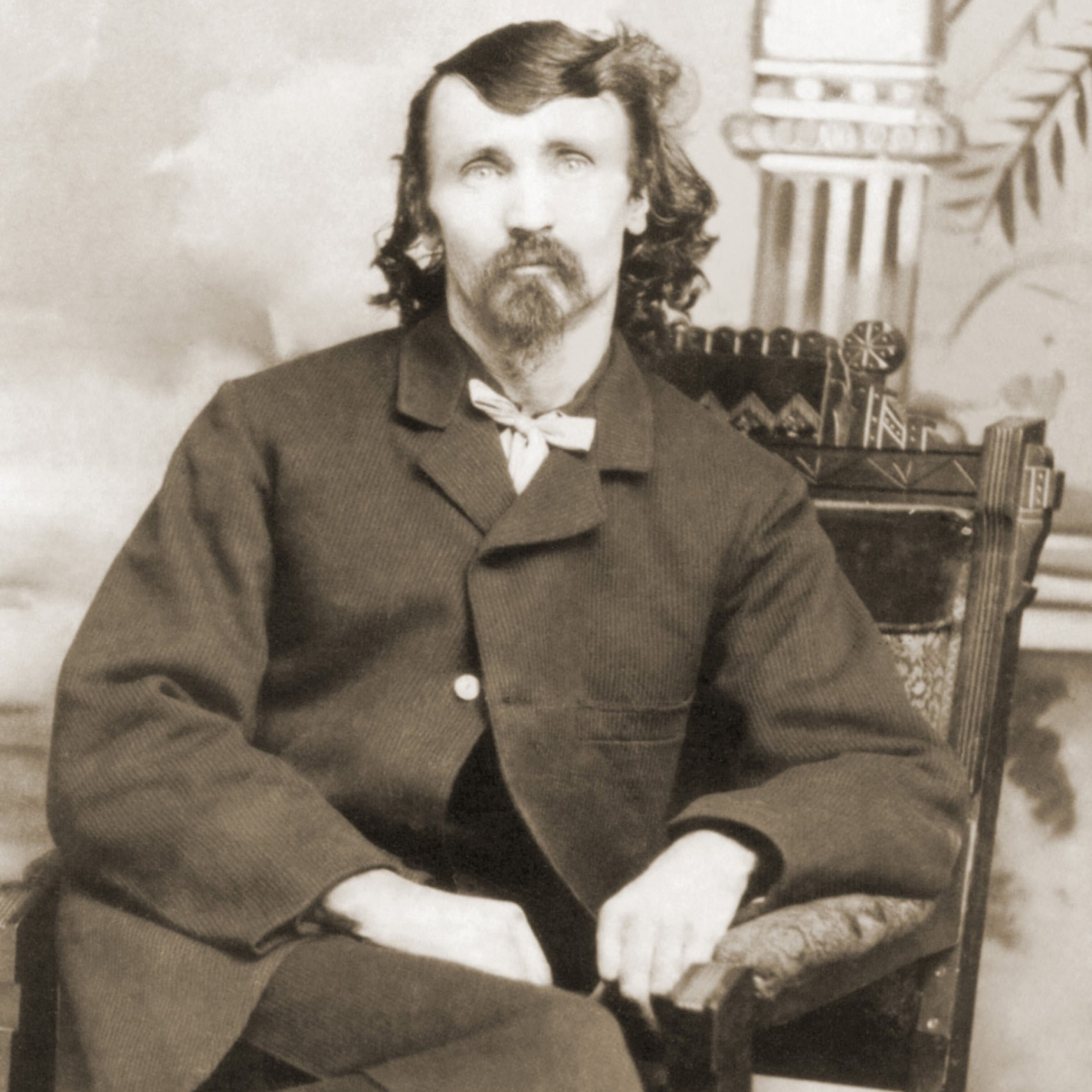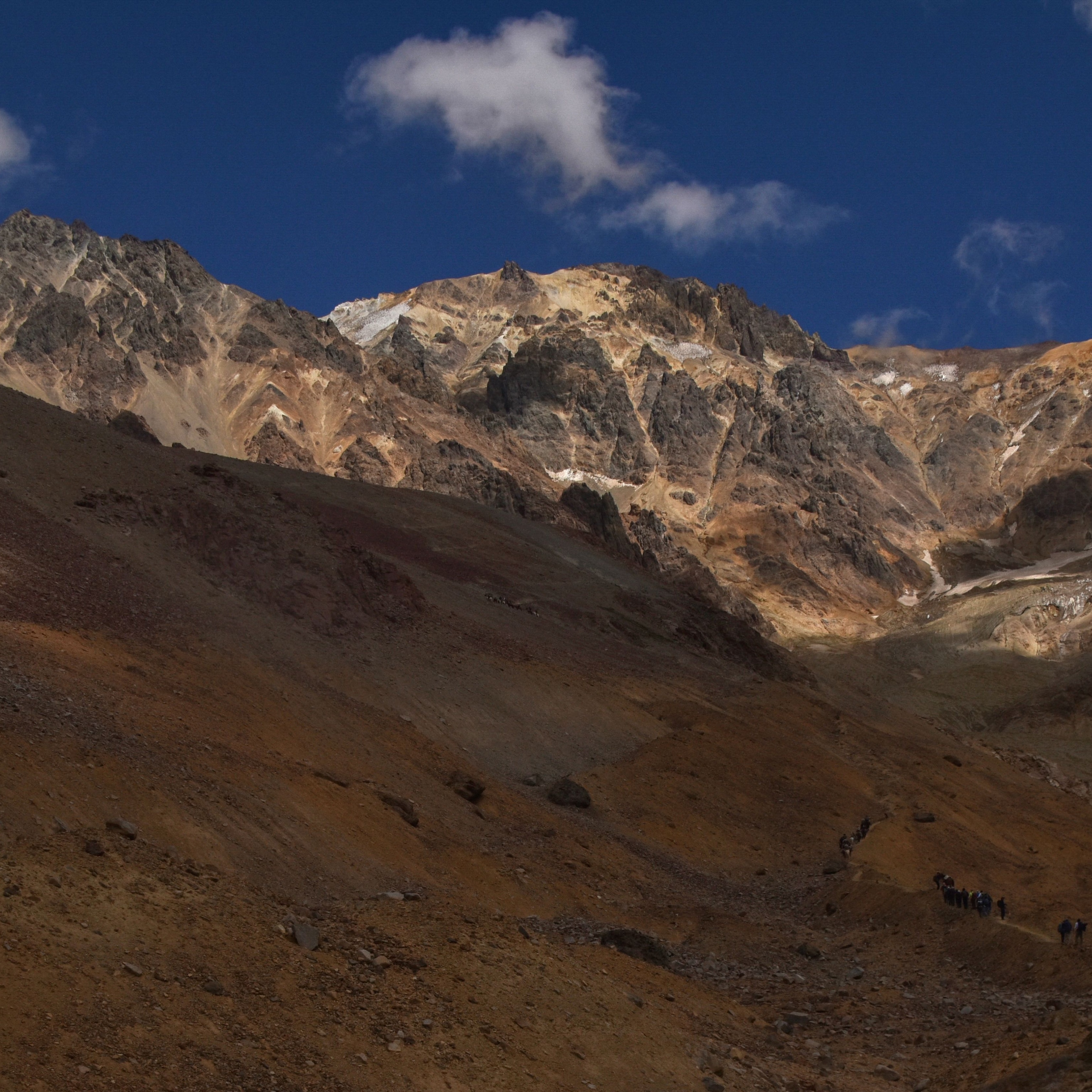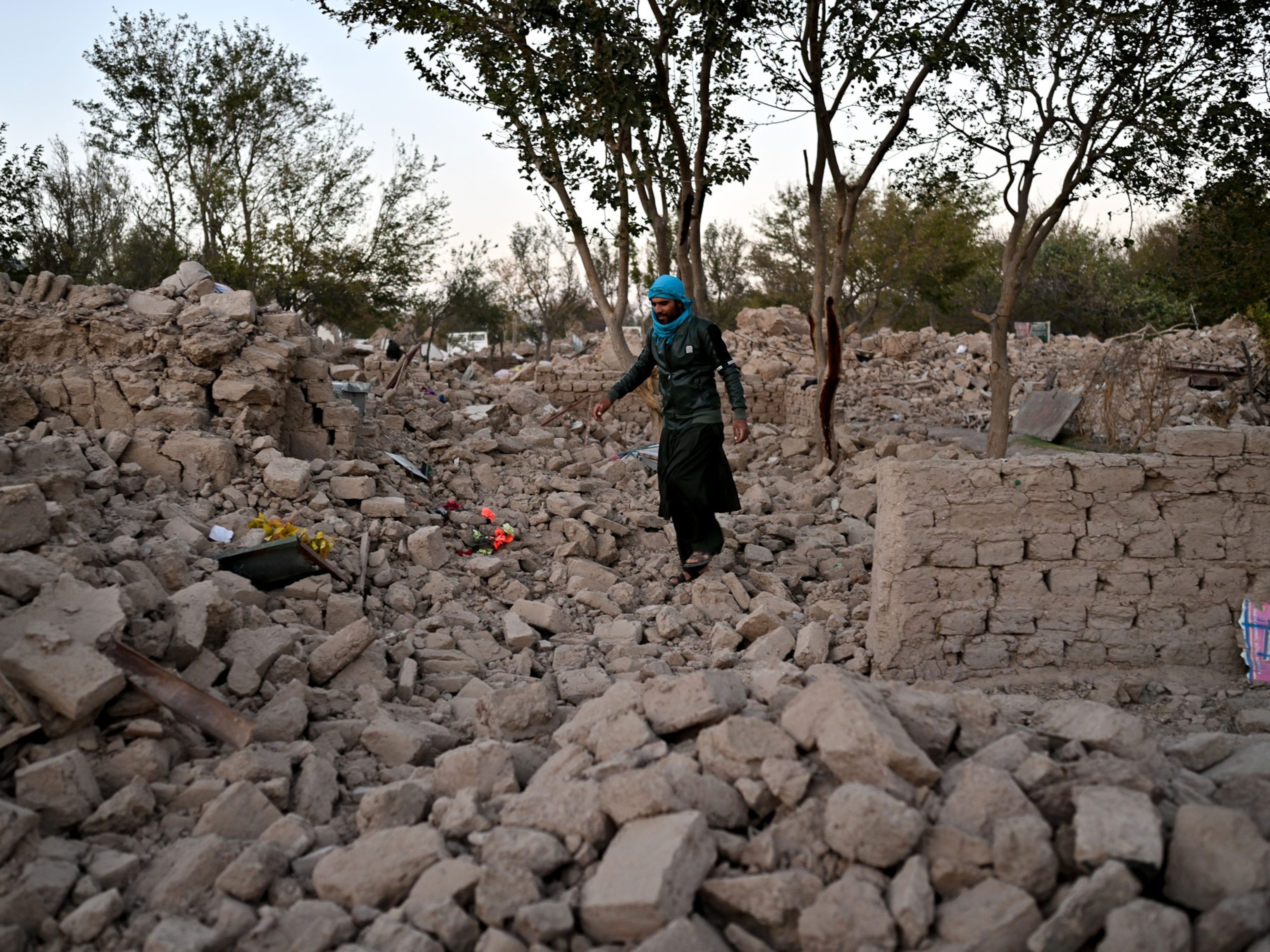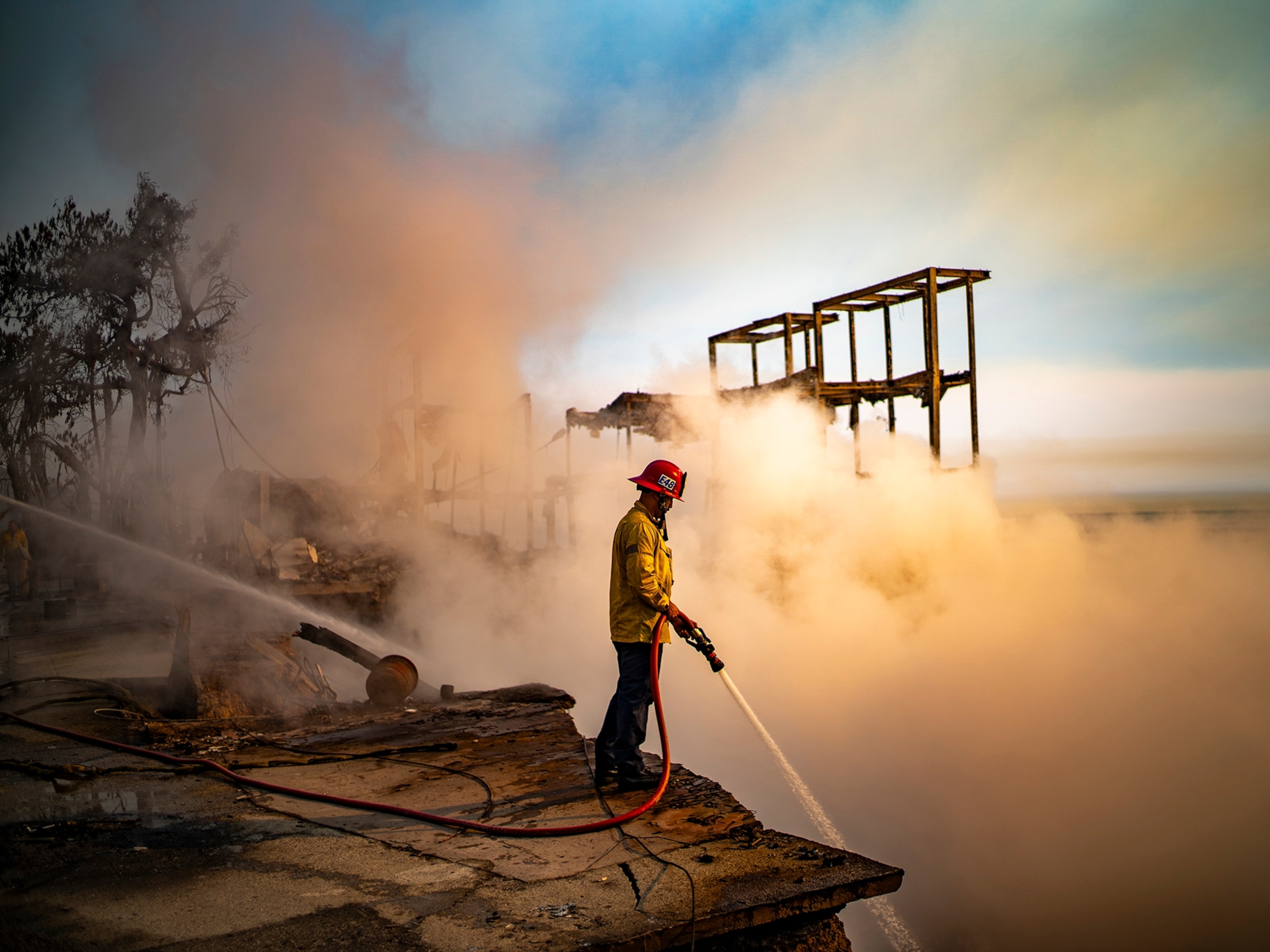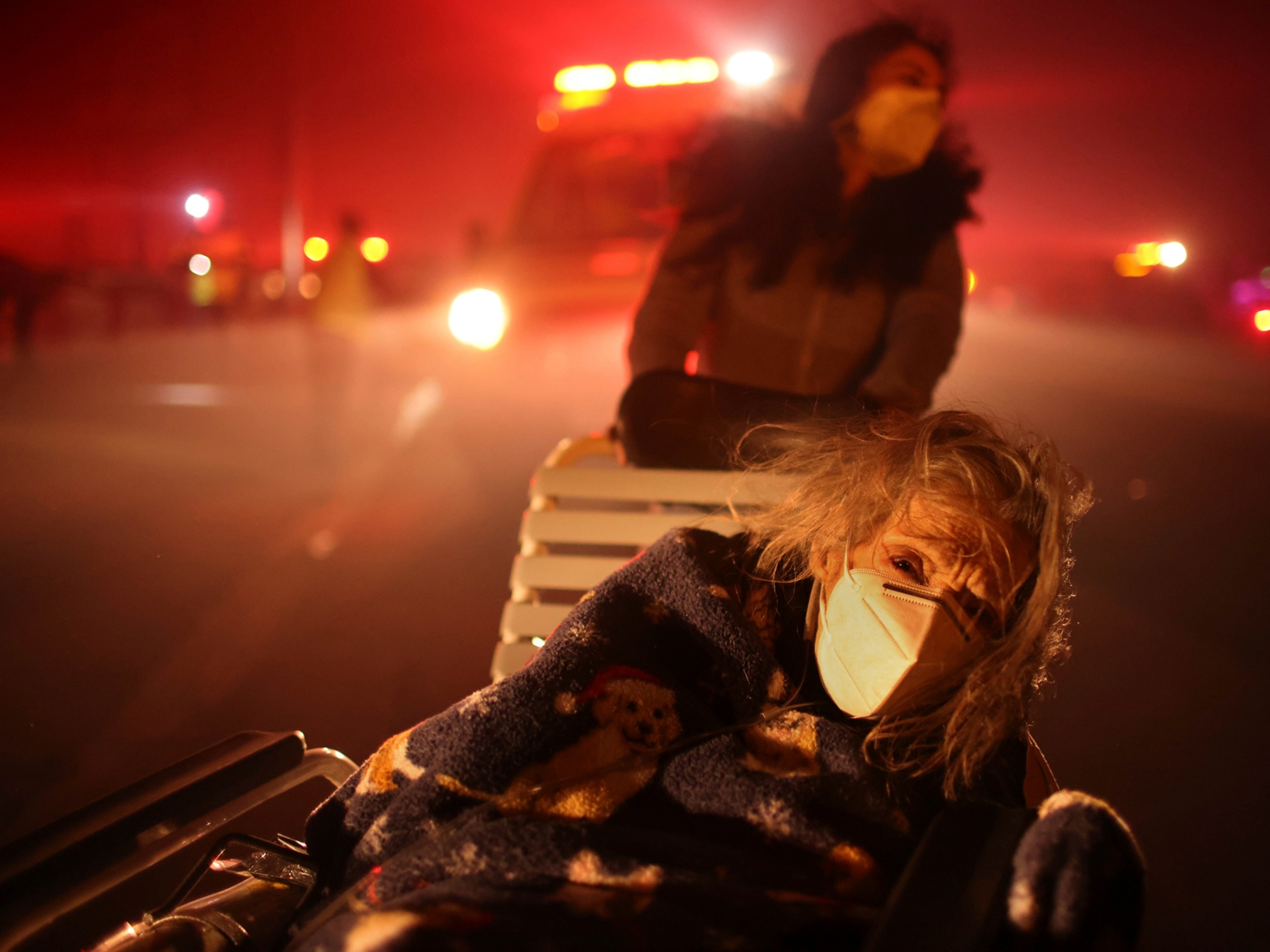‘Society of the Snow’ is based on a true story. Here’s what really happened.
The Uruguayan rugby team’s 1972 plane crash inspired the new Netflix film. It tells a story of disaster, endurance, death—and cannibalism.
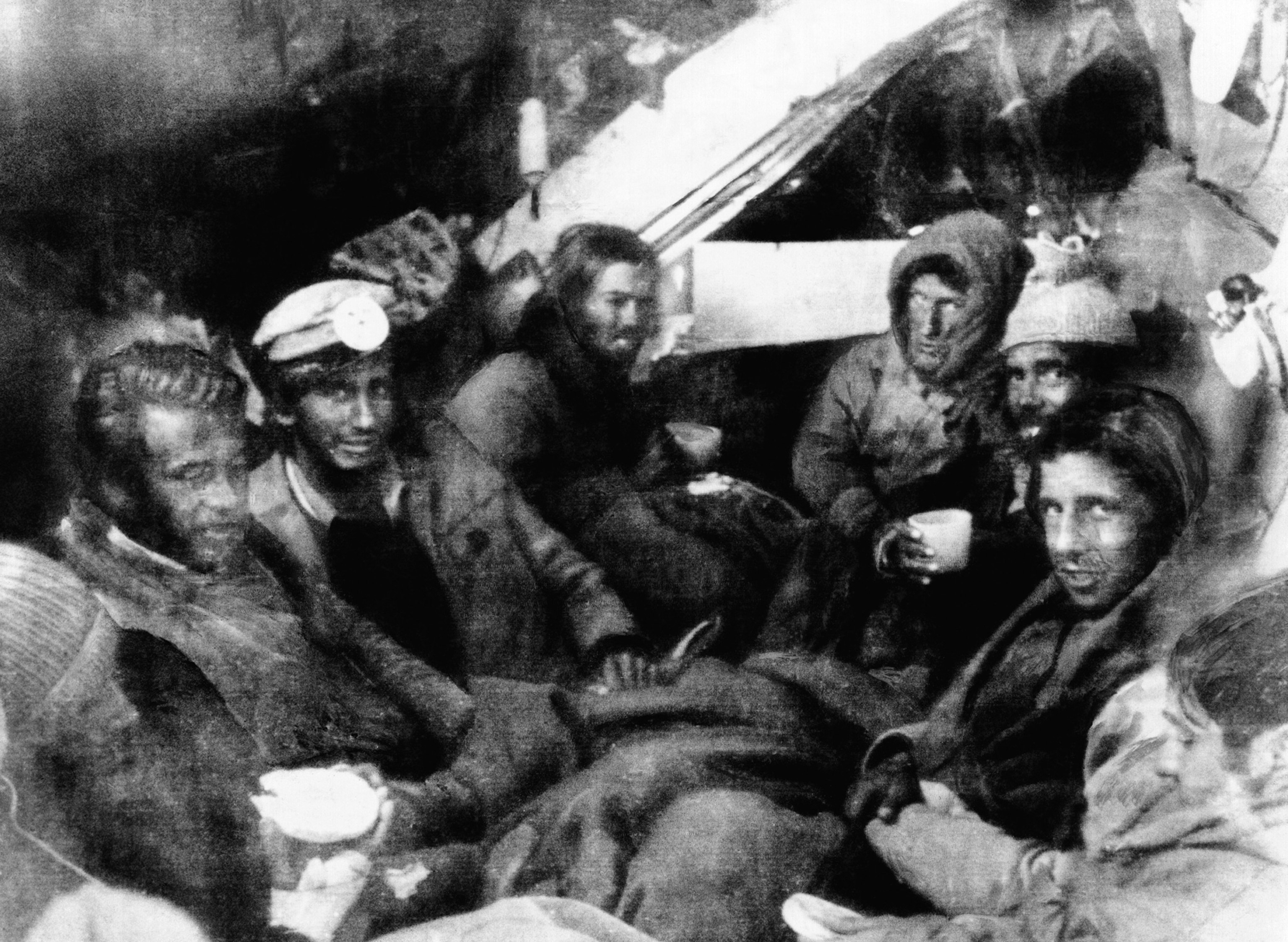
On October 13, 1972, Uruguayan Air Force Flight 571 crashed into the Andes with 45 souls on board. After 72 days, only 16 survived.
This incident has inspired several films, books, and television series, ranging from 1993’s Alive to Showtime’s Yellowjackets. Most recently, Netflix’s Society of the Snow recounts the harrowing months on the mountaintop.
The real story of Flight 571 is one of both death and life, disaster and endurance, when a group of people thrown into extreme conditions did what they needed to do in order to survive—including the unthinkable.
Flight 571 crashes in the Andes
Flight 571 was a chartered flight on that October day. It was carrying members of the Old Christians Club rugby team, along with some friends and family. They were traveling from Montevideo, Uruguay, to Santiago, Chile, for a game. Only one passenger had no relation to the team.
As the plane neared its destination, the co-pilot—Lieutenant-Colonel Dante Lagurara, who was flying the plane—asked the Santiago airport for permission to land. The plane began its descent.

There was one problem: Lagurara and pilot Colonel Julio César Ferradas had misidentified the plane’s position. So when the plane descended from the clouds, it didn’t approach the airport’s landing strip—it crashed into a valley high in the mountains.
(This man survived the crash. Read Nat Geo's interview with him.)
Thirty-three survivors managed to pull themselves, and each other, from the wreckage. Then they faced an even greater challenge: staying alive in the frozen Andes, where temperatures plummeted below zero and blizzards dumped several feet of snow. The dry air was also dizzyingly thin at the high altitude.
Without medical supplies, heat, or food, the survivors used the wrecked plane as a shelter and repurposed its parts, turning luggage into walls and seat covers into blankets.
And, soon enough, they would turn corpses into food.
Whatever it takes to survive
Though the survivors found a limited supply of food in the plane—like candy, wine, and jam—it did not last long.
The extreme cold and starvation had already begun to claim lives. The bodies stacked up, one after another. Within 10 days, six more had died. Those who didn’t die weakened.
So they reached a radical, if necessary, realization: They would need to eat the dead in order to live.
(Was the 'Colorado Cannibal' a villain or a victim? You decide.)
“I will never forget that first incision, when each man was alone with his conscience on that infinite mountaintop, on a day colder and grayer than any before it or since,” survivor Roberto Canessa wrote in his 2016 memoir I Had to Survive. “The four of us, each with a razor blade or a shard of glass in hand, carefully cut the clothing off a body whose face we could not bear to look at.”
A devastating avalanche
In the afternoon of October 29, a little more than two weeks after the crash, disaster struck. While the survivors rested in their makeshift shelter, a cascade of snow roared down the mountainside, burying the plane and taking the lives of eight more people.
“I nearly gave up when the avalanche struck us,” Canessa shared in an interview with National Geographic in 2016. “But then one of the other boys said, ‘Roberto, how lucky you are that you can walk for all of us.’ That was like a heroic infusion into my heart. He had broken legs—but I could walk. My mission was not to just think what was better for me, but what was better for the group.”
By December, the number of survivors had dwindled to 16. They faced a choice: wait to die or find help.
Saving themselves
A small group opted to go on a rescue mission: Canessa, Nando Parrado, and Antonio Vizintín. The three young men would have to scale a mountain and hope they could find help on the other side. They spent weeks preparing.

The trio began their journey on December 12. Three days into the expedition, Vizintín returned to the camp so that Canessa and Parrado had a better chance of success with their limited rations.
(Survival depends on what's in your backpack. Here's what one explorer packs.)
On December 20, the pair spotted another human: Sergio Catalán Martínez, a Chilean herdsman. After the man brought help the next day, Parrado and Canessa led authorities to the 14 other survivors.
After 72 days lost in the Andes, they were all finally safe.
The return home
News of the so-called “miracle in the Andes” quickly spread around the world. Elation over the rescue soon gave way to horror when the survivors admitted they had eaten human flesh to stay alive.
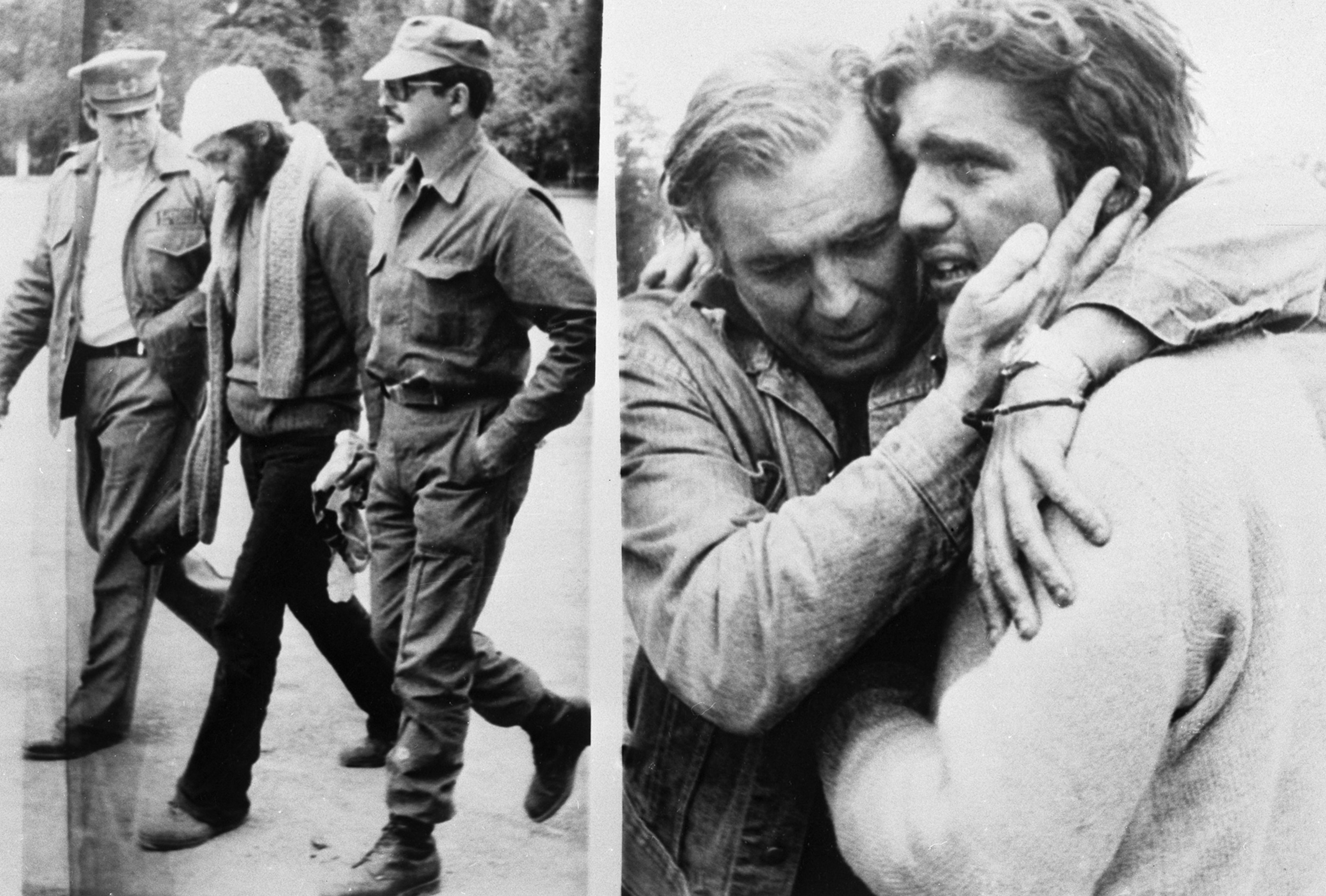
They defended their actions. “You can’t feel guilty for doing something you didn’t choose to do,” Canessa told The Washington Post in 1978.
Nonetheless, the survivors carried the memory of cannibalism with them in the decades that followed. In his memoir, Canessa explained, “For us, taking this leap was a final break, and the consequences were irreversible: We were never the same.”
Though 16 young men came down the mountain, the remains of those who did not survive would never leave the Andes. They were laid to rest near the place where they died.
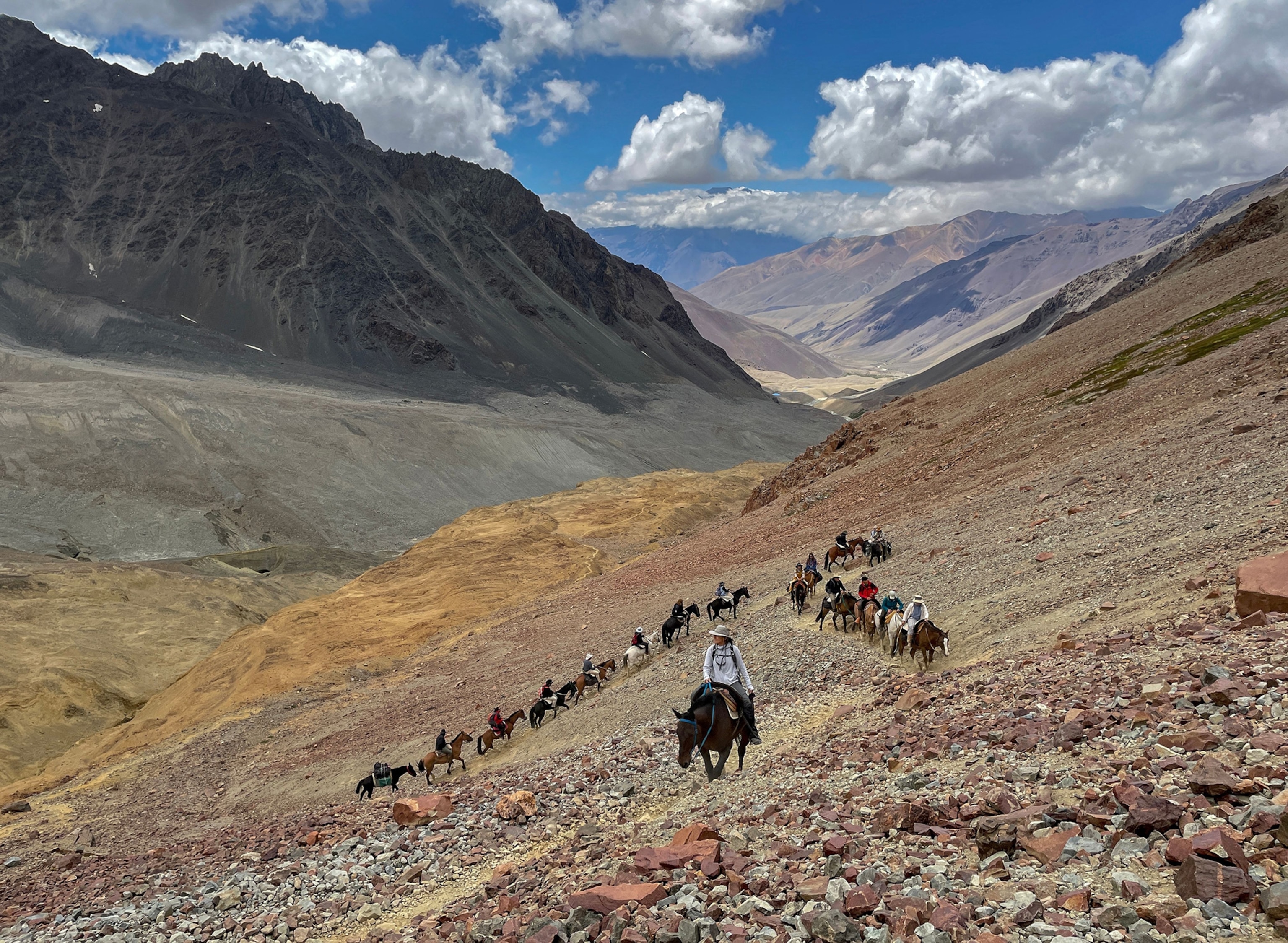
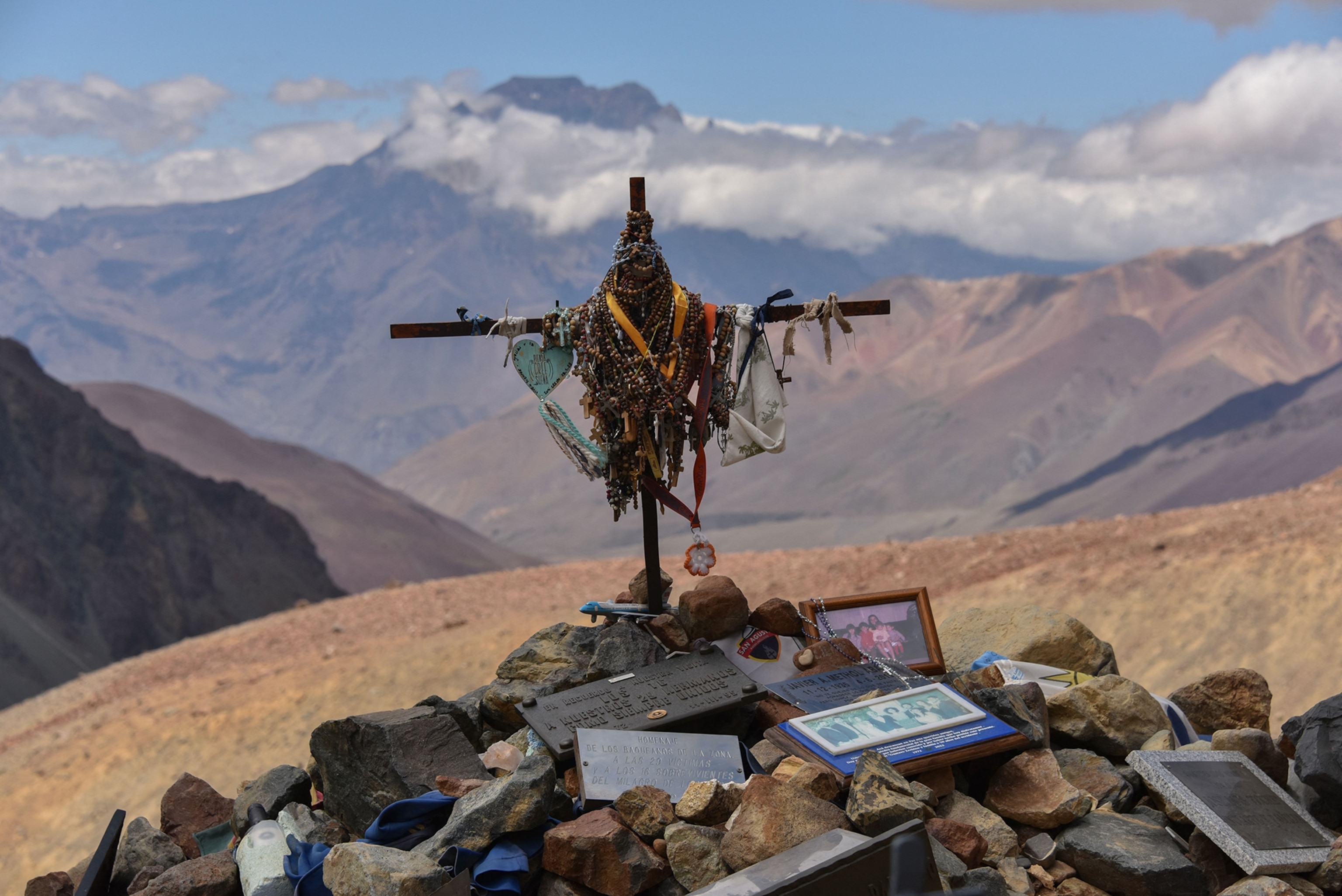
The story of Flight 571 easily could have ended as a tragic mystery, a tale of how all the people on the plane had been lost in the Andes.
But the survivors rewrote that story by saving themselves.
